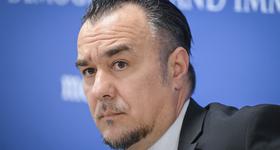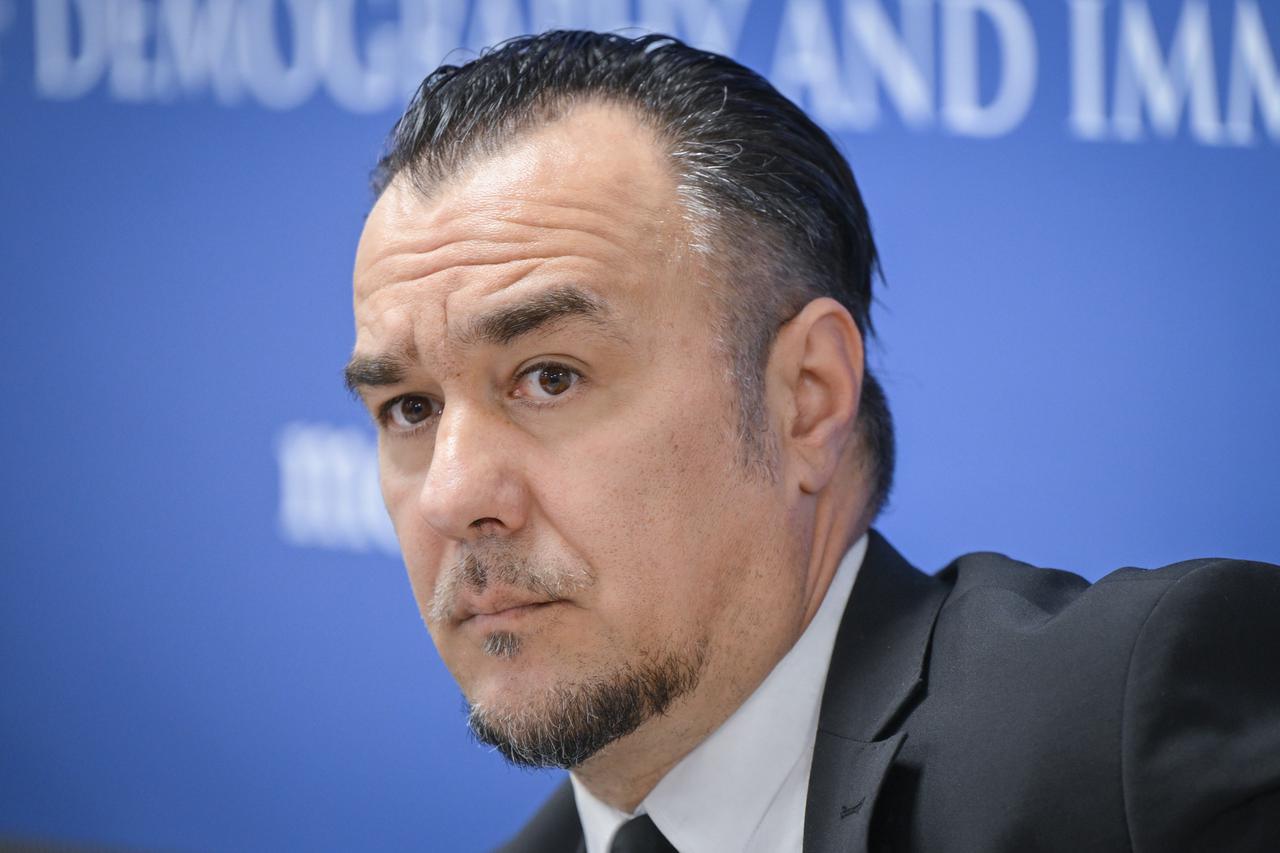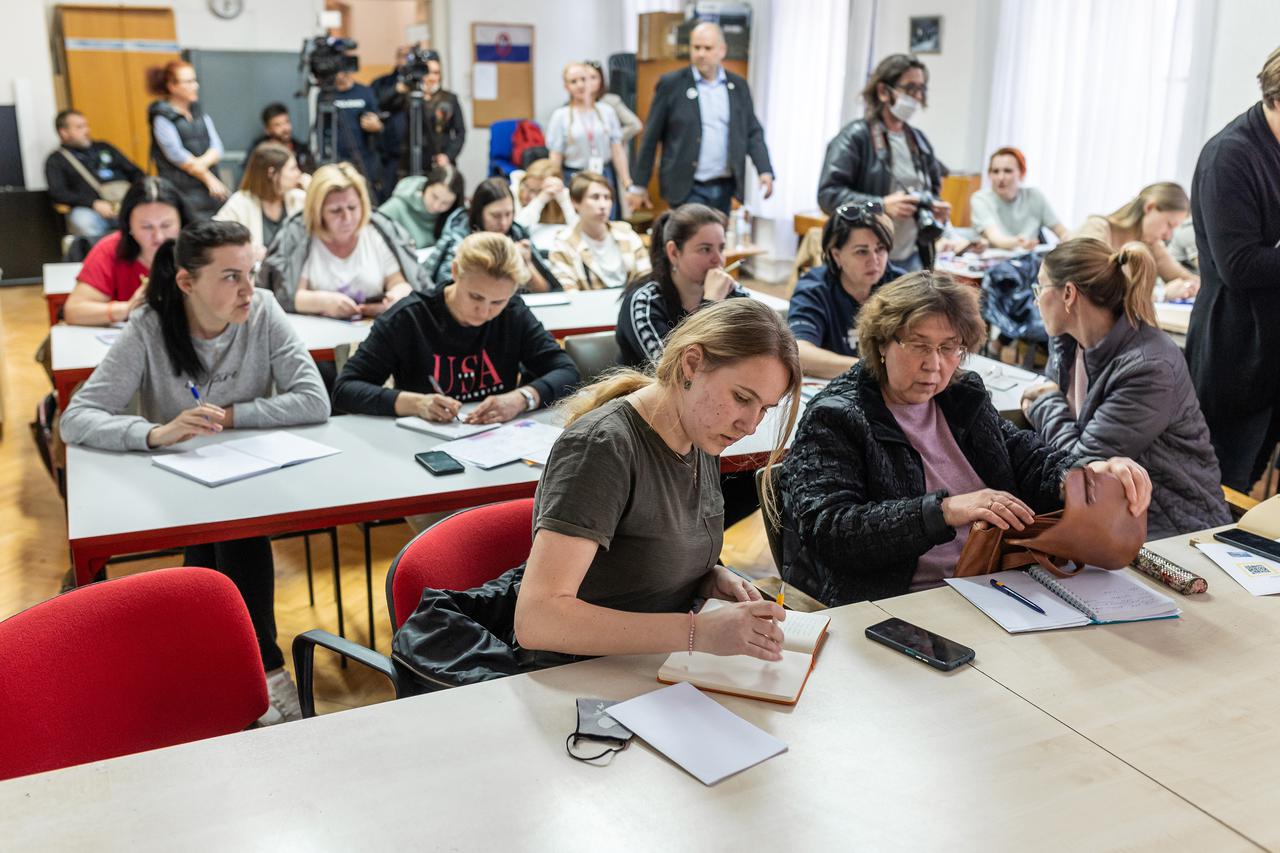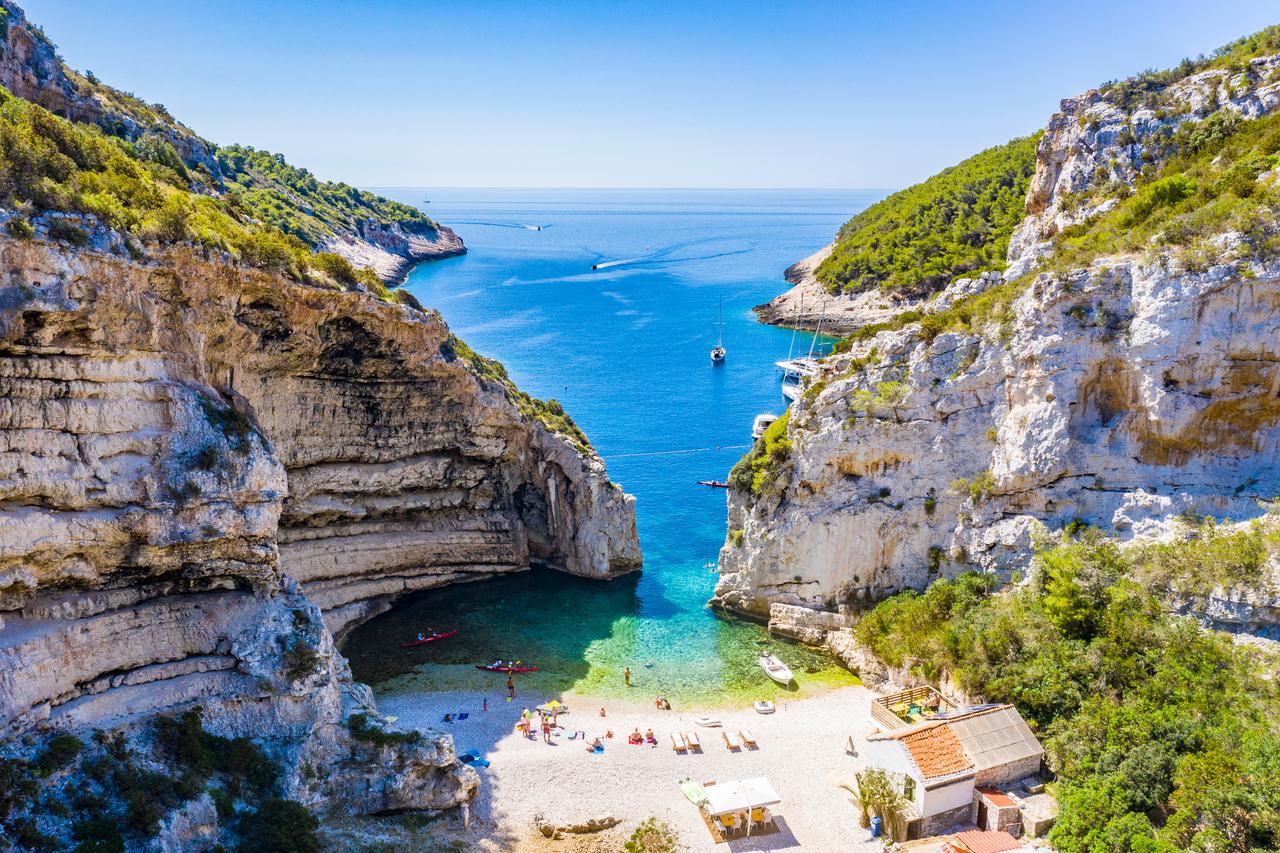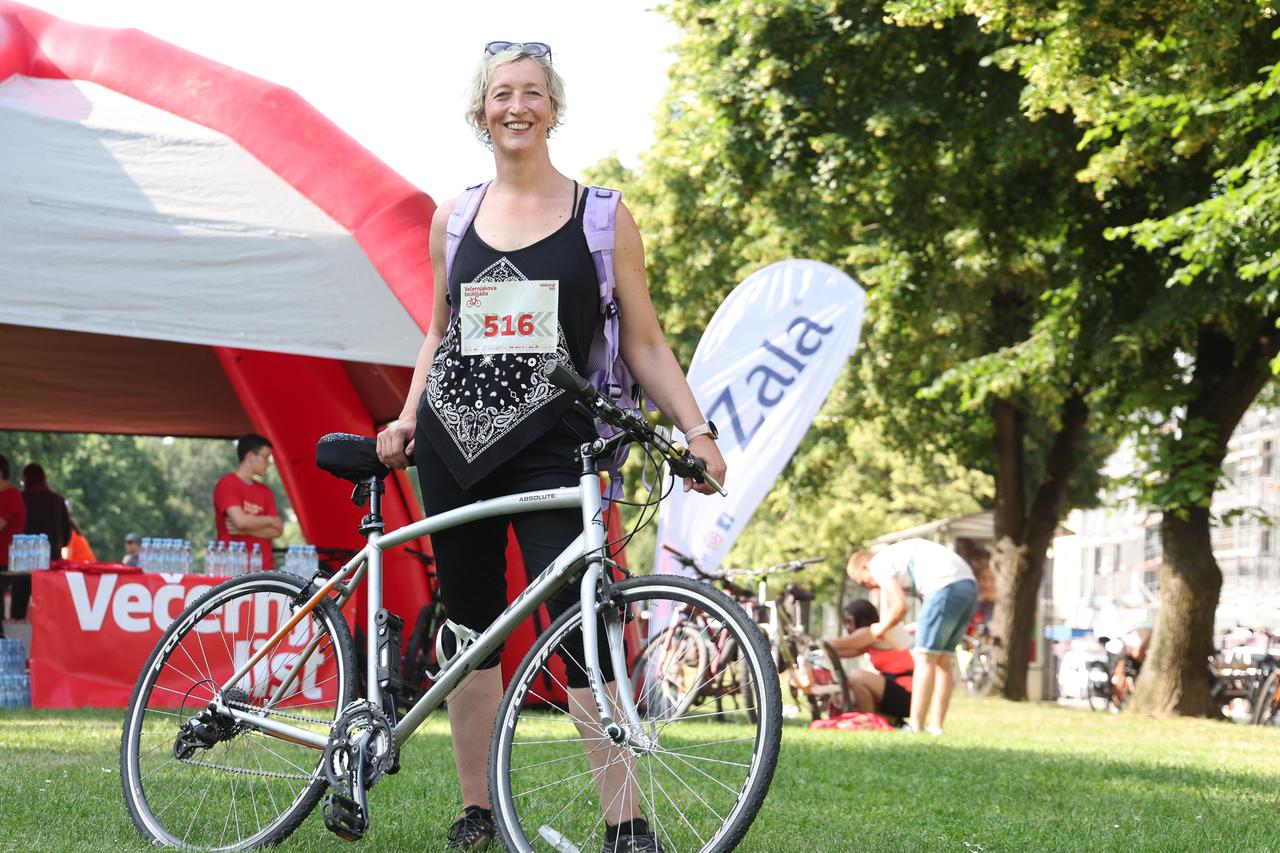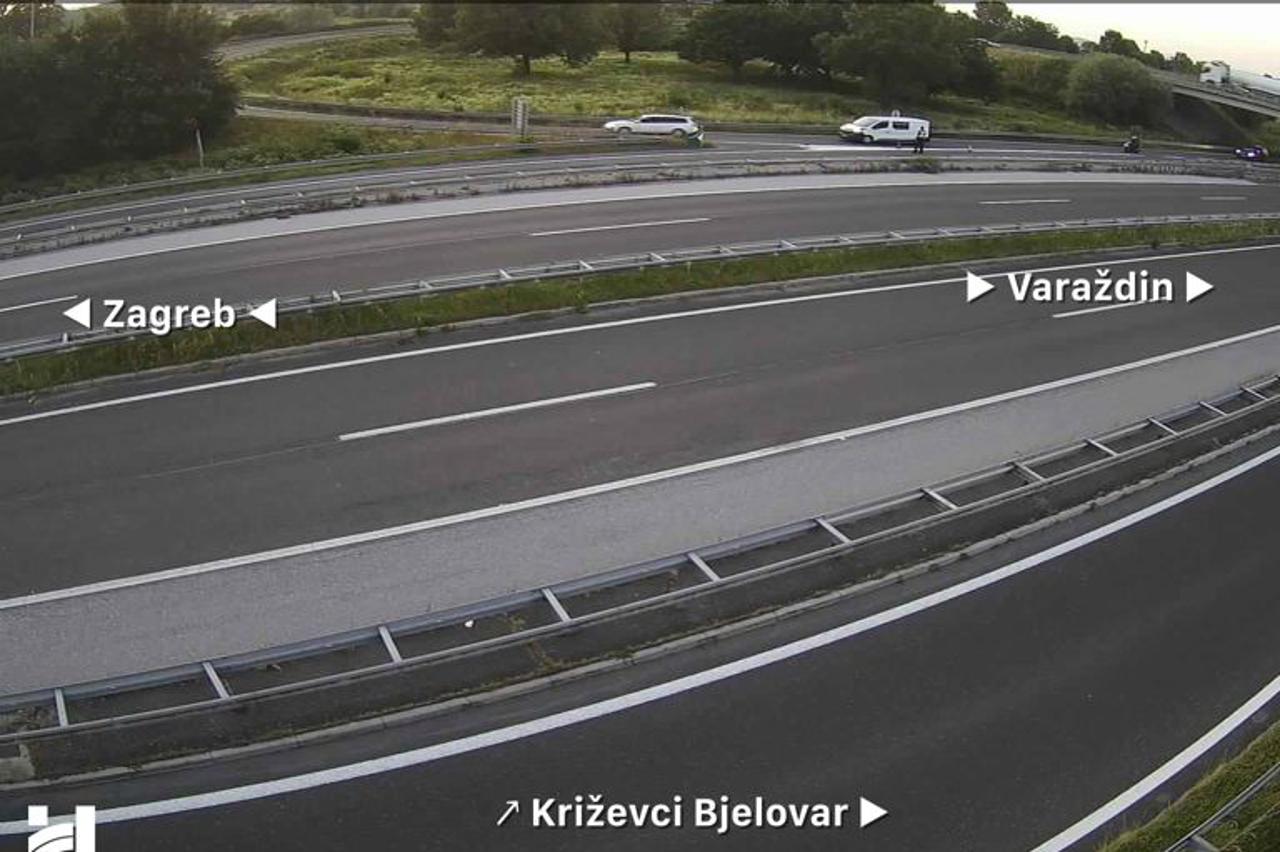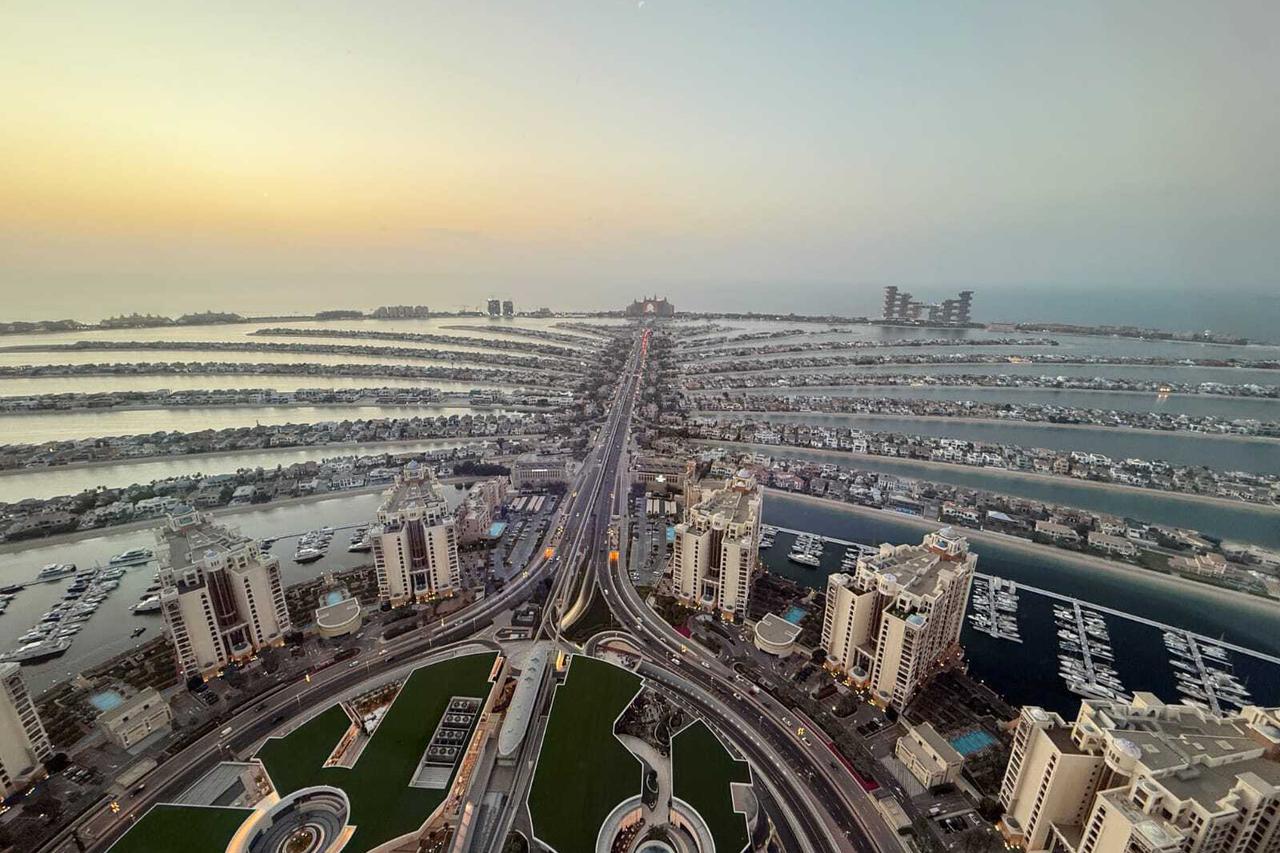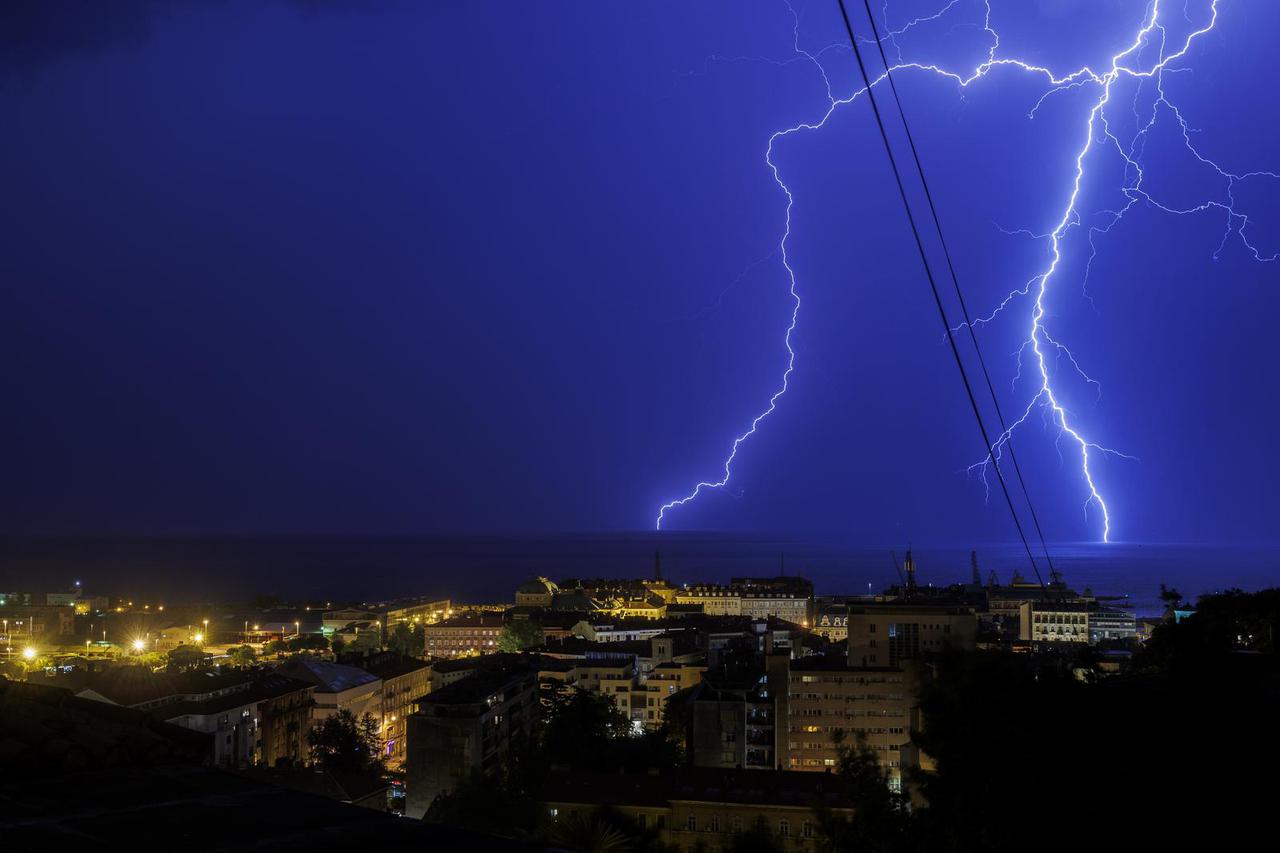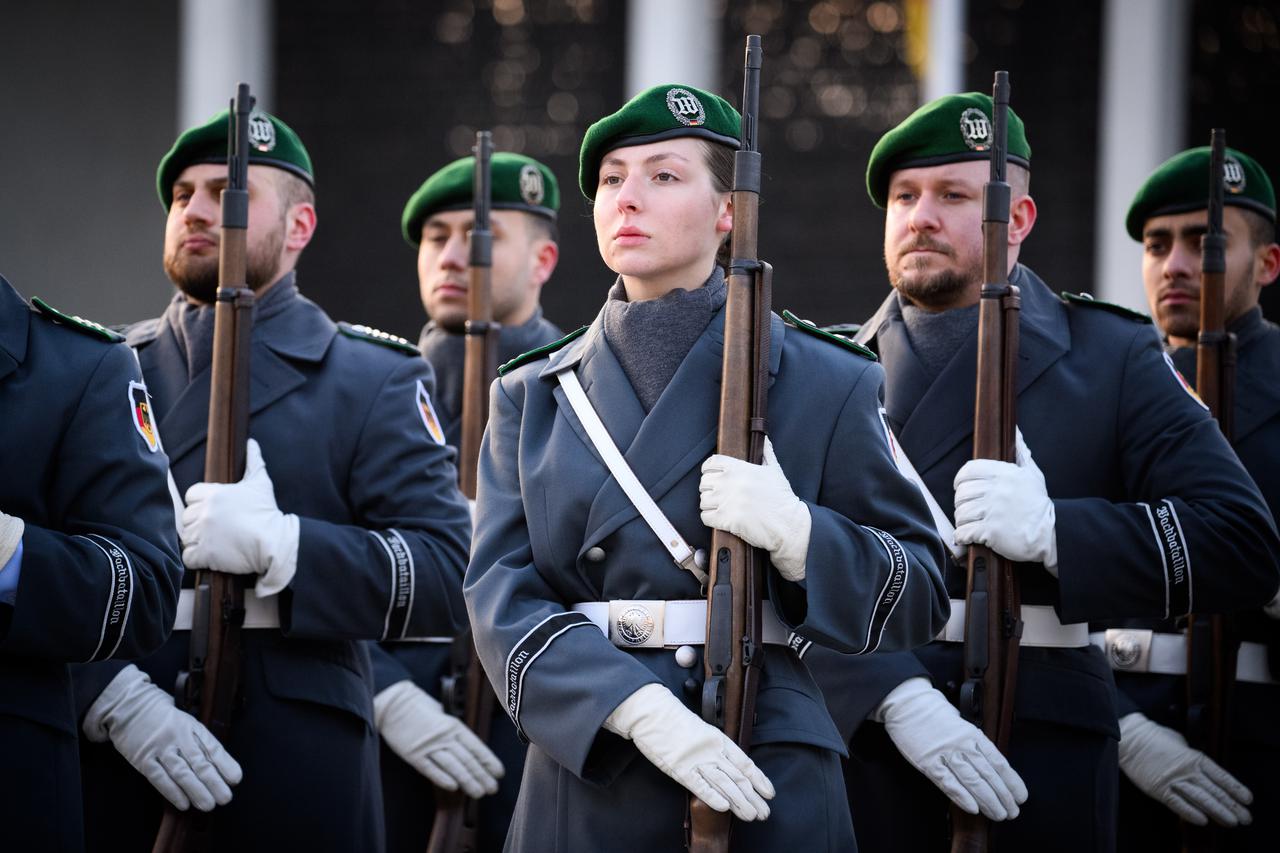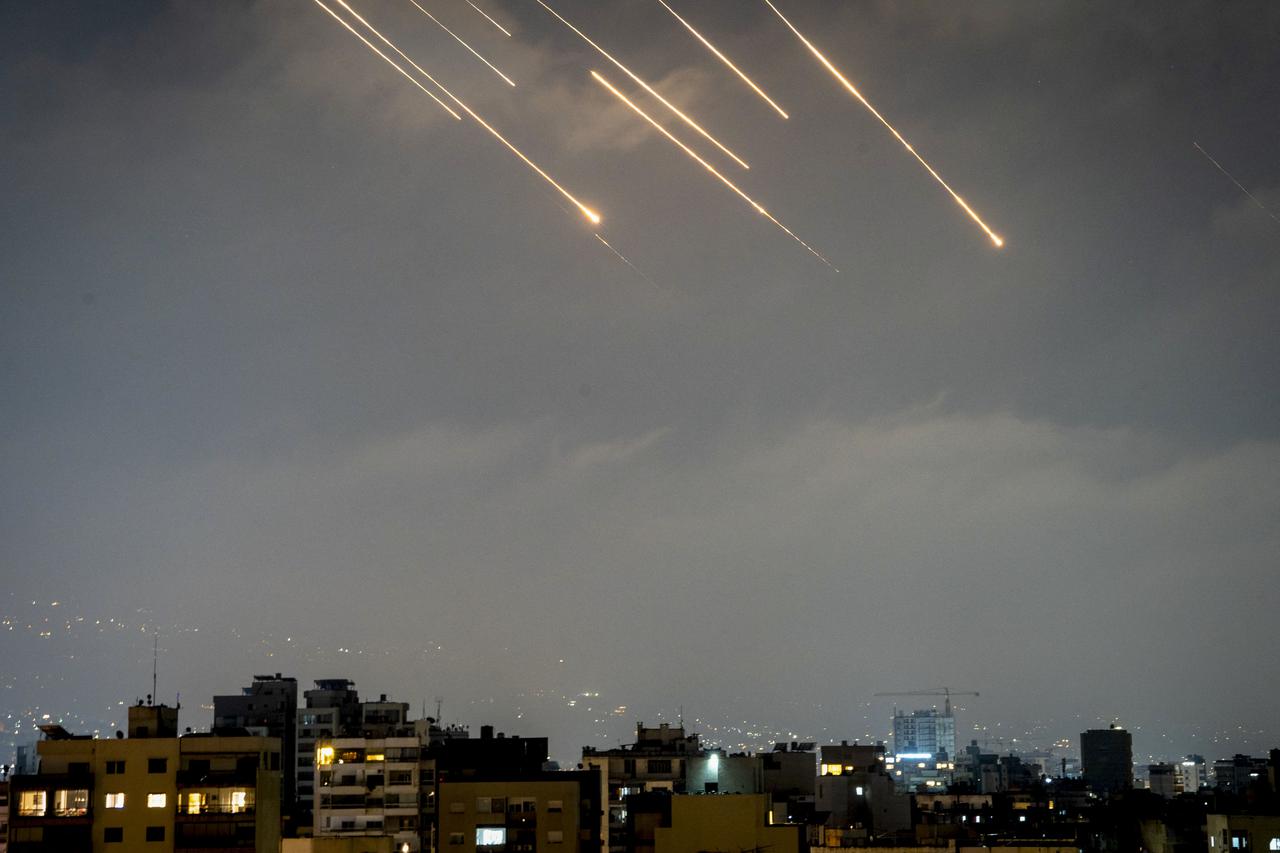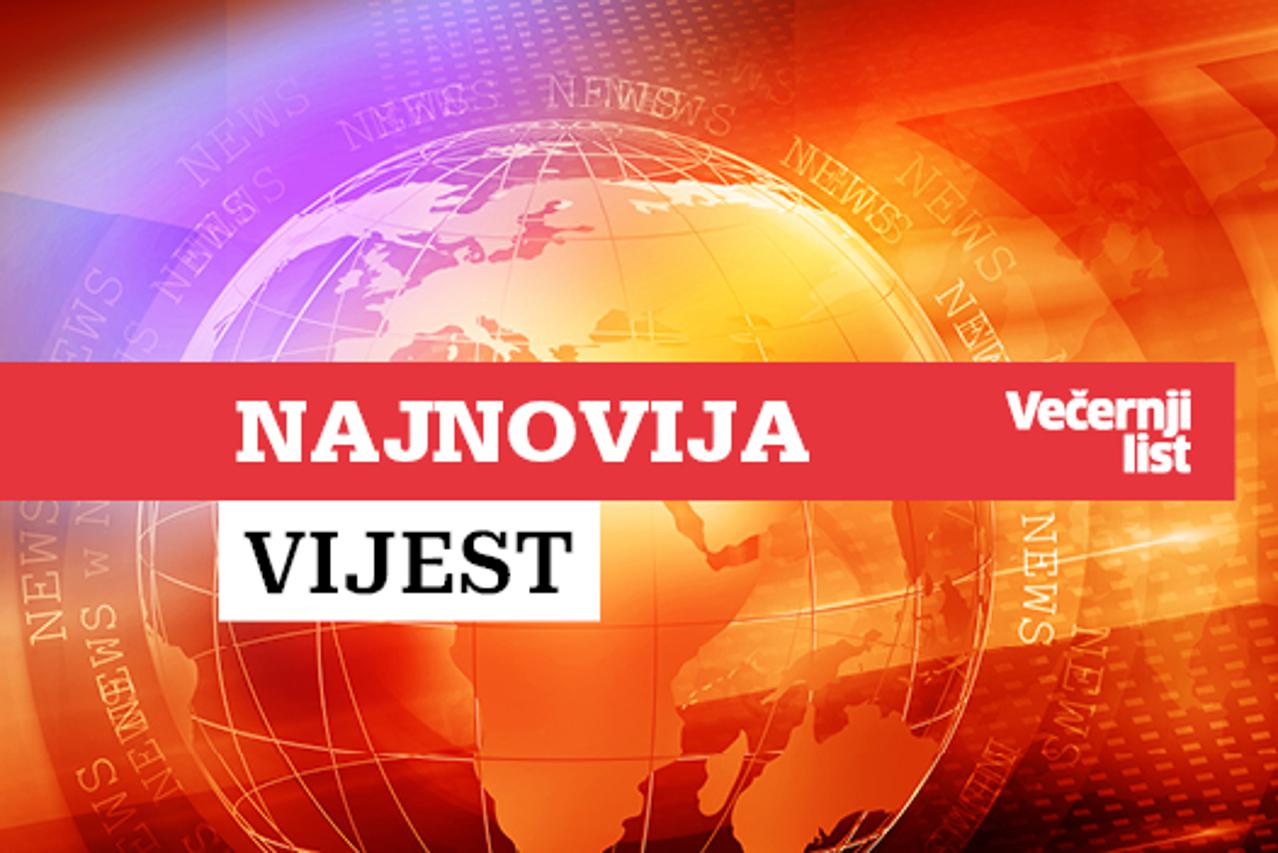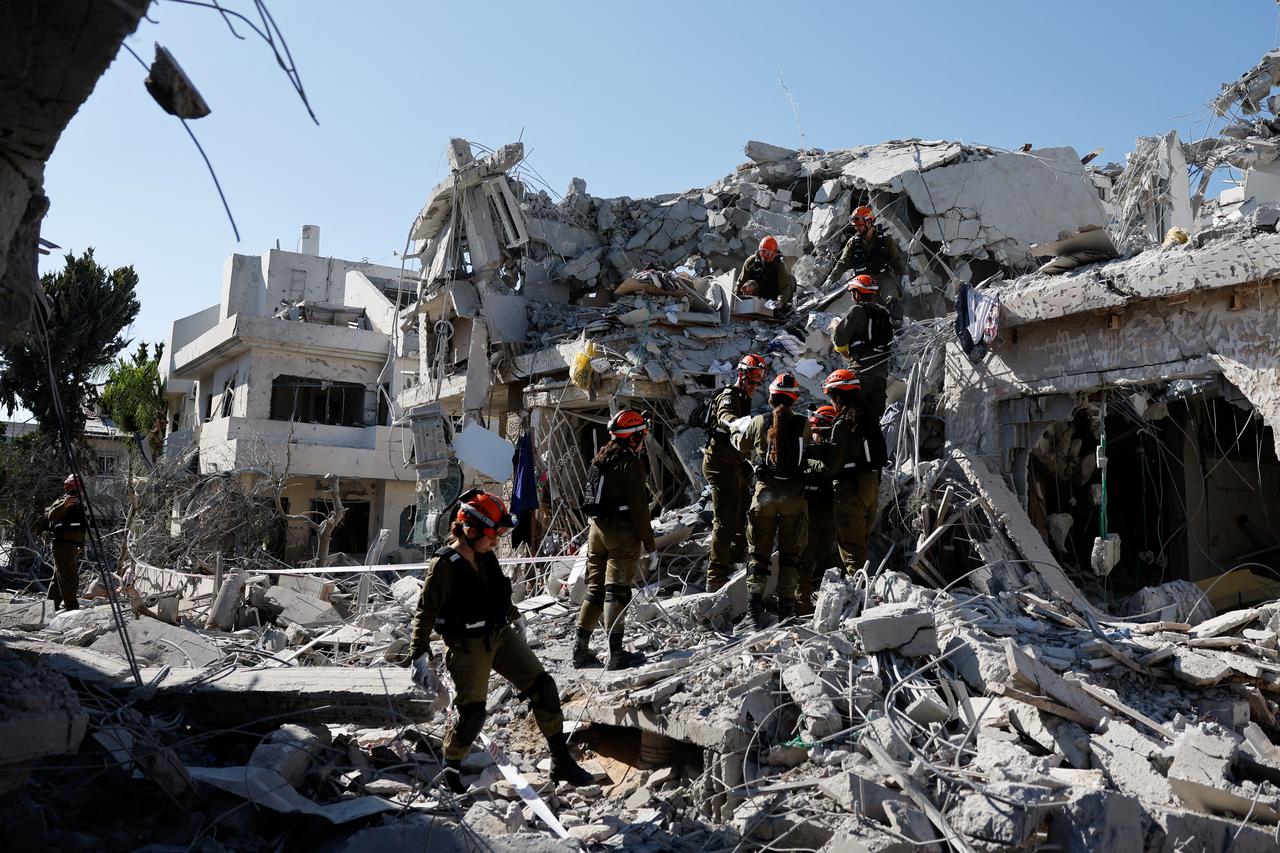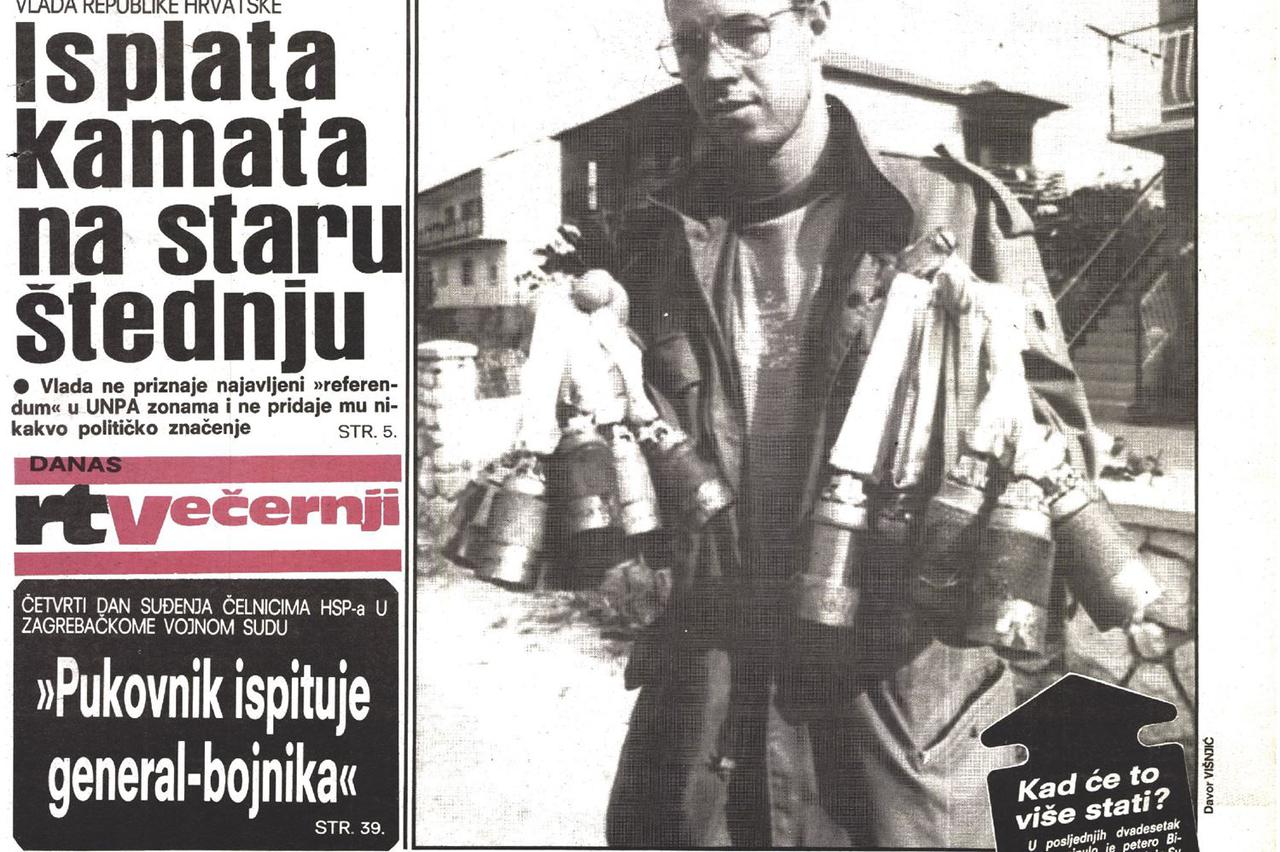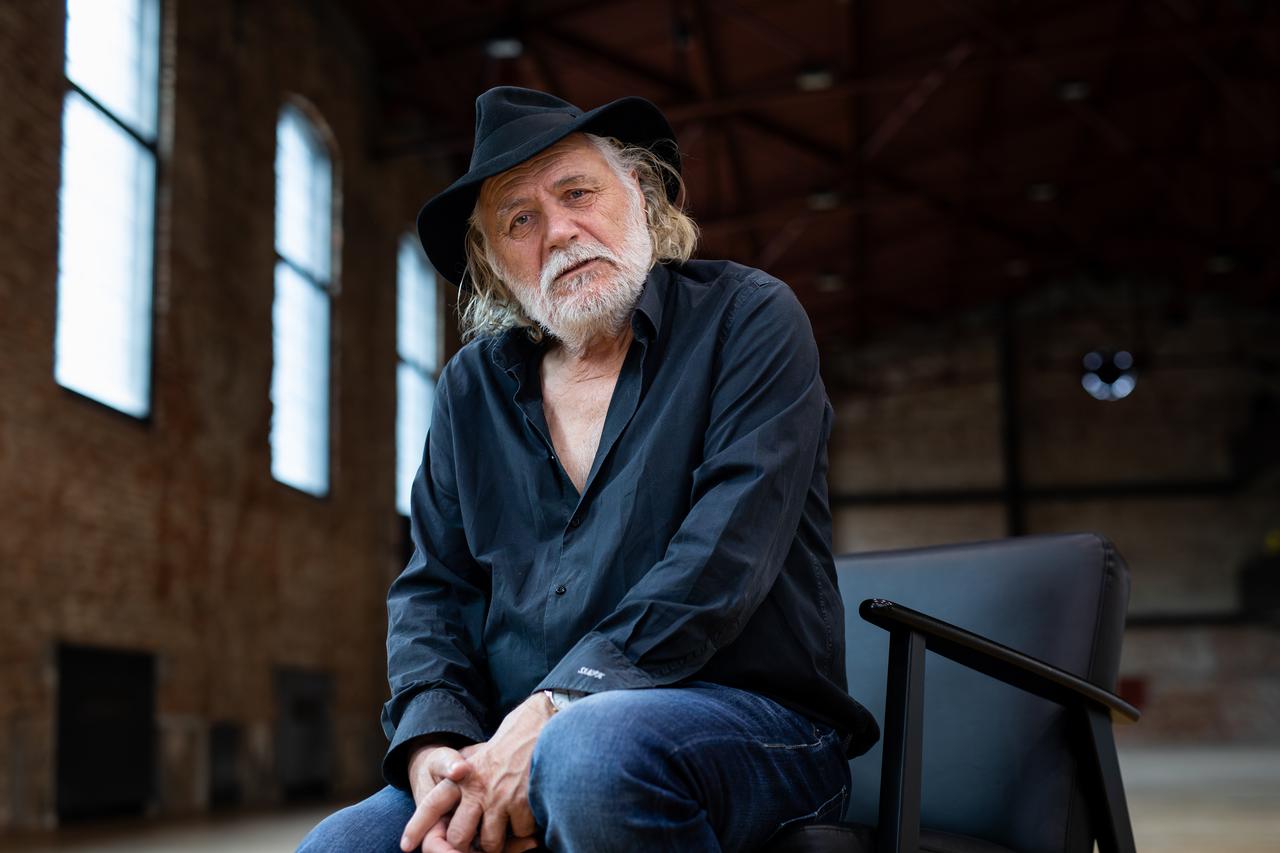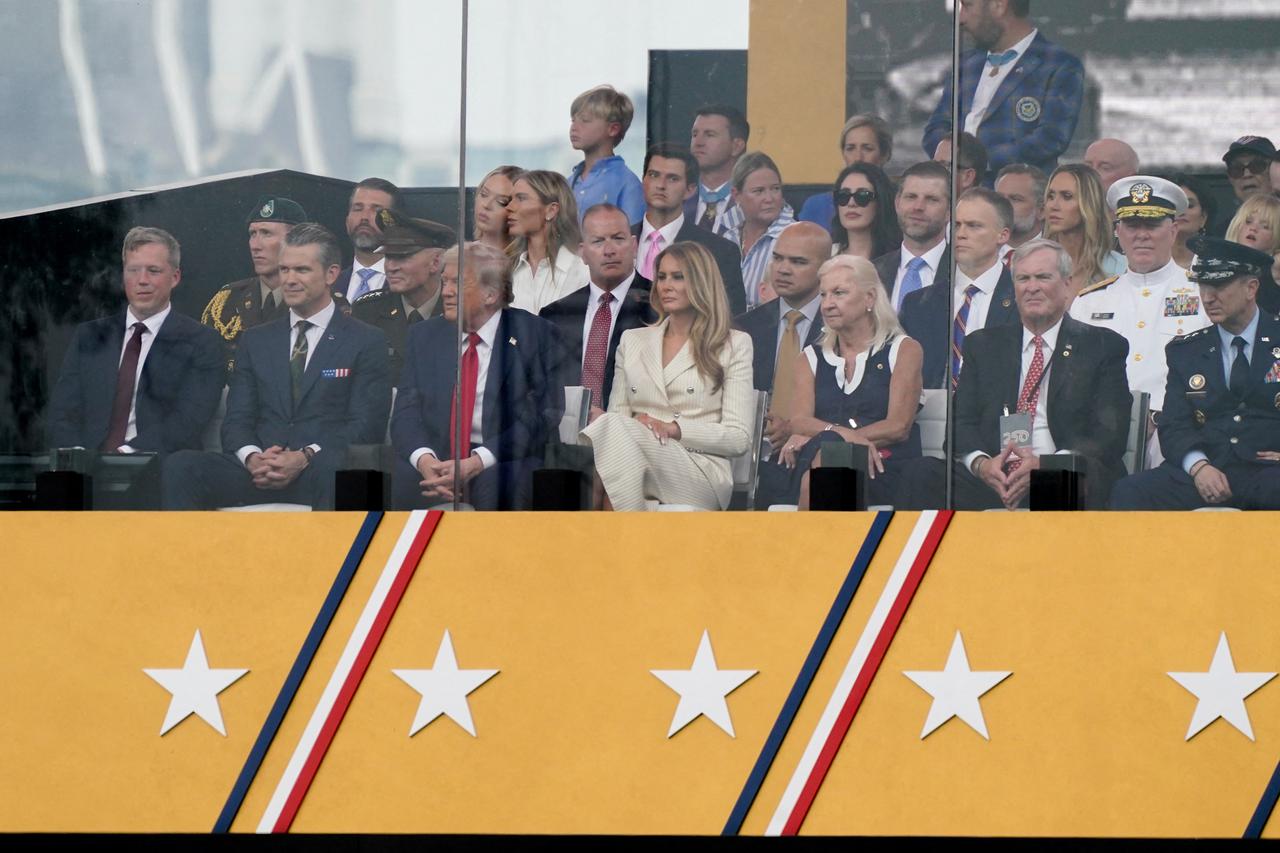Research on Ukrainian refugees and asylum seekers in Croatia shows that most refugees plan to stay long-term and actively participate in the labor market. Ukrainian refugees generally live in decent conditions and do not pose a burden to the state, while asylum seekers from other countries often live in reception centers and face greater cultural differences and integration challenges. The announcement of deporting asylum seekers from Germany to Croatia raises concerns about potential costs and challenges in the EU asylum system. The research highlights the importance of functional integration, including language courses and easing citizenship acquisition, as well as the need for greater investment in migrant integration. Migration will significantly change Croatia’s demographic landscape in the coming years.
Political Perspectives:
Left: Left-leaning reports emphasize the humanitarian aspects of migration, highlighting the refugees’ desire to integrate, contribute to the labor market, and the need for better support systems such as language courses and citizenship facilitation. They often criticize the deportation plans as harsh and stress the importance of solidarity and inclusion.
Center: Center-leaning coverage tends to focus on balanced reporting, acknowledging both the challenges and opportunities migration brings. It highlights statistical data on refugees’ intentions to stay and work, the economic impact, and the legal complexities of the EU asylum system, including the financial implications of deportations.
Right: Right-leaning narratives often emphasize concerns about the social and economic costs of migration, potential cultural clashes, and the strain on public resources. They may criticize government policies as too lenient and express skepticism about the integration prospects of asylum seekers, especially those from non-European countries.






